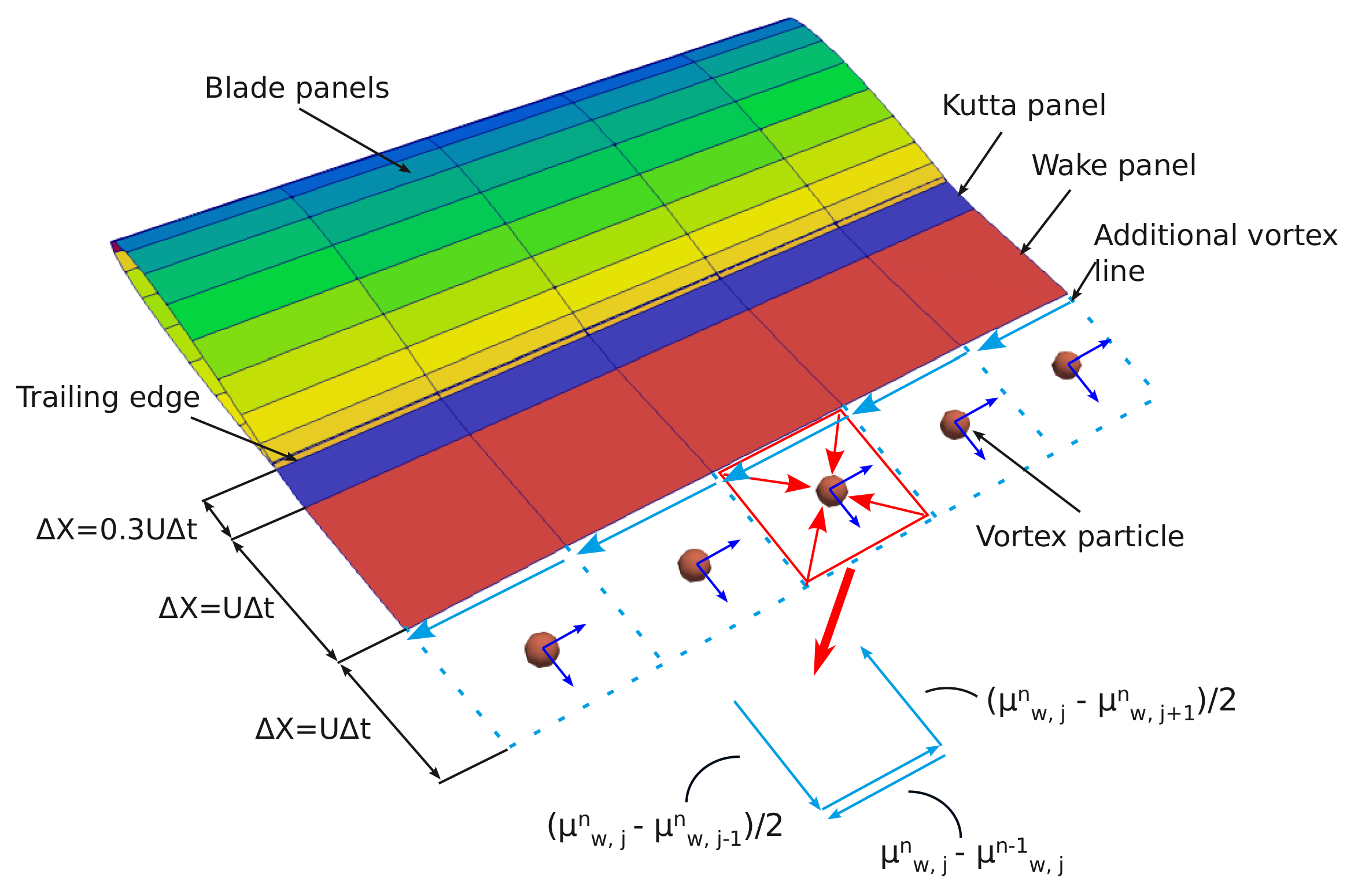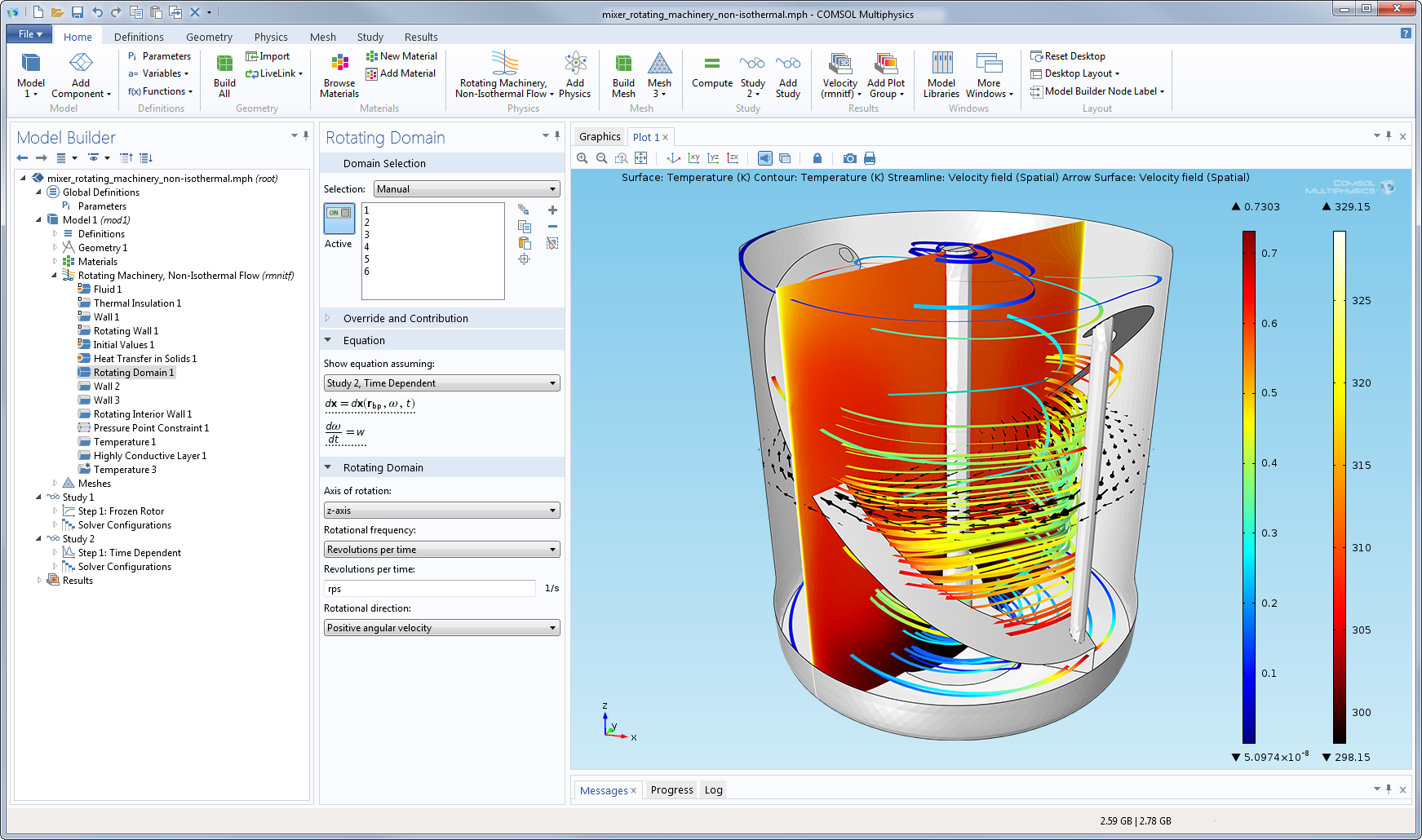
The measurement of the light intensity and change of efficiency is shown on Table. We measured highest light intensity which is 774W/m^2 at 13.00 and lowest is 284W/m^2 at 17.00. Light intensity from the time 10.00 to 17.00 is measured by lux meter in Bangladesh Atomic Energy Research Establishment, Institute of Electronics. The short circuit current density Jsc, open circuit voltage Voc and efficiency of solar cell also vary with the light The intensity of sun light varies in different hours of the day. It is seen that short circuit current density and open circuit voltage increases with light intensity. For different light intensity J-V characteristics curves are plotted. This contributes for creating the voltage and current in the solar cell.

As a result electron hole pair is generated. Light incident on the surface of PIN solar cell, some part is reflected and some part is refracted into the solar cell. Mono layer solar cell model in COMSOLĮlectromagnetic wave is defined in the top of air region as light intensity. The designed mono layer solar cell model shown in Fig.1.įig. The p-region is 15nm, intrinsic region is 200 nm and n-region is 27 nm decomposed in silicon wafer. The model has been built in 2D space dimension, electromagnetic wave frequency domain in COMSOL Multiphysics. After fabrication it can be said that, the fabrication efficiency of mono layer silicon solar cell is exceeding 12% which is much better fabrication in the present world. For proper fabrication we use BAEC particleĬontrolled clean room. After design and simulation of the silicon solar cell the designed model is fabricate on the energy laboratory of BAEC, Bangladesh. The aim of this study is to analysis the performance of the p-type mono layer solar cell simulation efficiency and investigates a comparison with fabrication efficiency. The main factors determining the conversion efficiency are the following: the kind of semi conductive material, the incompatibility of solar radiation with the cell absorption, spectrum sensitivity of photo element and the construction of a cell. The hydrogenated amorphous silicon (a-Si:H) solar cell progress has been started from the invention of first Schottky device with an efficiency of 2.4% by Kabir et al. The conversion efficiency of hydrogenated amorphous silicon single-junction thin-film solar cells has gradually been improved from 2.4% to 10.1%. The major objectives of simulation in solar cell research are testing the validity of proposed physical structures, geometry on cell performance, and fitting of modeling output to experimental results. At present more than 85% of the industrial solar cells are fabricated based on p type silicon material. Ever since its discovery in 1839 by Edmund Becquerel, PV technology had been experiencing a steady development of solar cell efficiency. With the inexorable rise of world energy consumption and the limited, and rather quickly diminishing supply of fossil fuels, it is high time that the world begin to look for photovoltaic (PV) technology, more commonly known as solar energy. KeywordsCOMSOL Multiphysics, solar cell, J-V characteristics, lux meter, fabrication.
#COMSOL 5.1 DIFFUSION PARTICLE SOFTWARE#
In software we get the efficiency of the solar cell is 27% – 28% and after fabrication of that cell the efficiency is 11% – 12% using sun simulator. With the absorption variation of light intensity this paper compares the simulation result of J-V characteristics and the efficiency of the cell with fabricated efficiency.

This paper presented a comparative study of mono layer silicon solar cell simulation result designed by COMSOL Multiphysics and the fabrication result of this solar cell. Nasrul Hoque Mia2, Mahbubul Hoq2, Mahmudul Hasan2 1Department of EEE, Mymensingh Engineering College ( University of Dhaka ), Bangladesh 2Institute of Electronics, Atomic Energy Research Establishment, DhakaĪbstractThe performance of solar photovoltaic cells depends on its design, material properties, and fabrication technology. Rajibul Hoque Rajib1, Sardar Masud Rana2,*, Md.


Simulation of Mono Layer Solar Cell Using COMSOL and Fabrication in Particle Controlled BAEC Clean Room


 0 kommentar(er)
0 kommentar(er)
